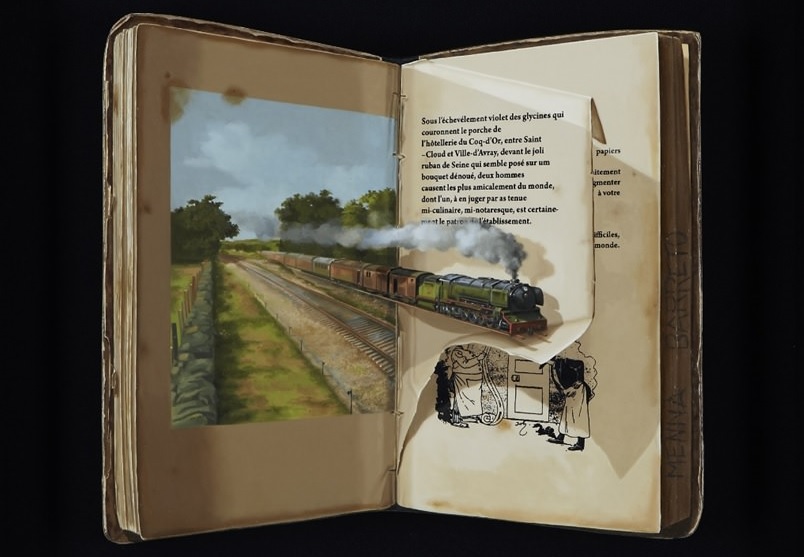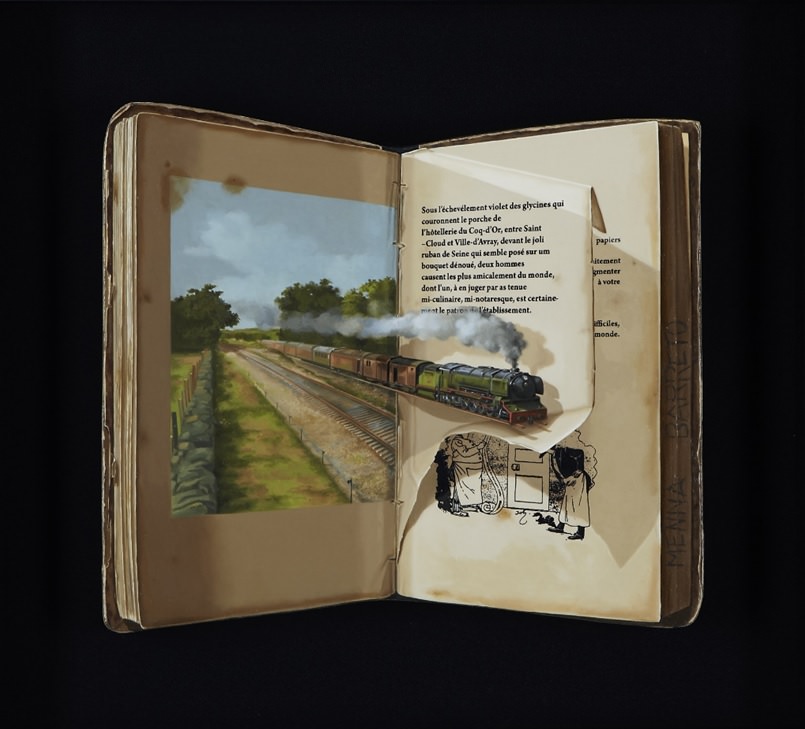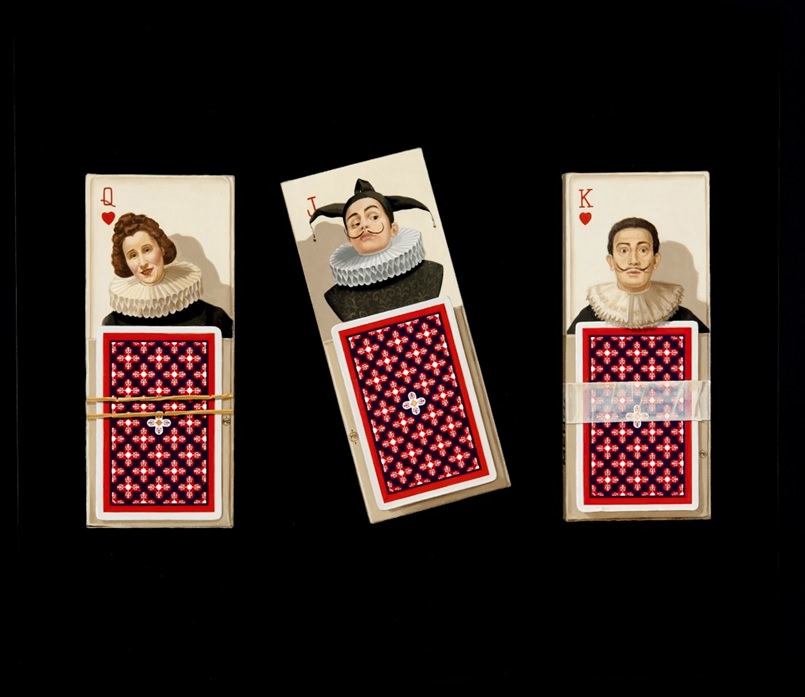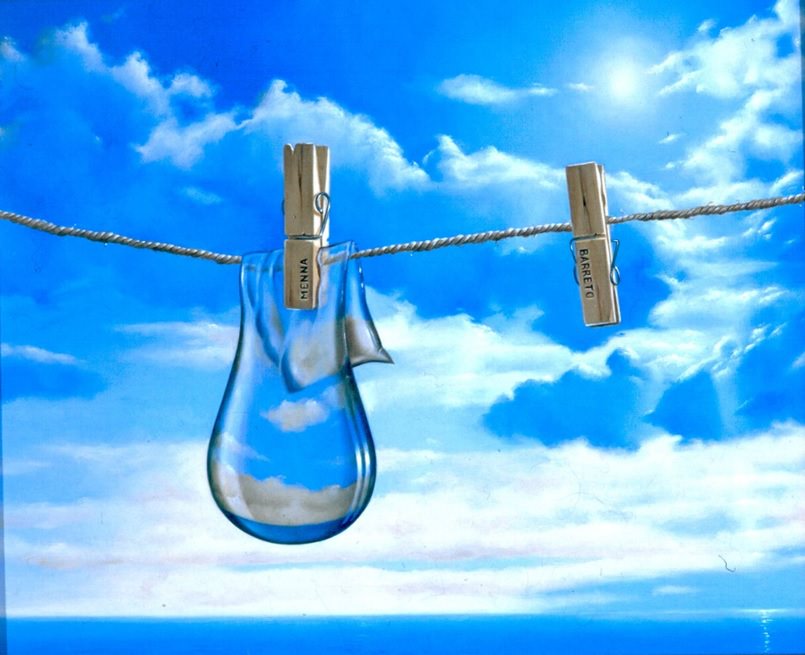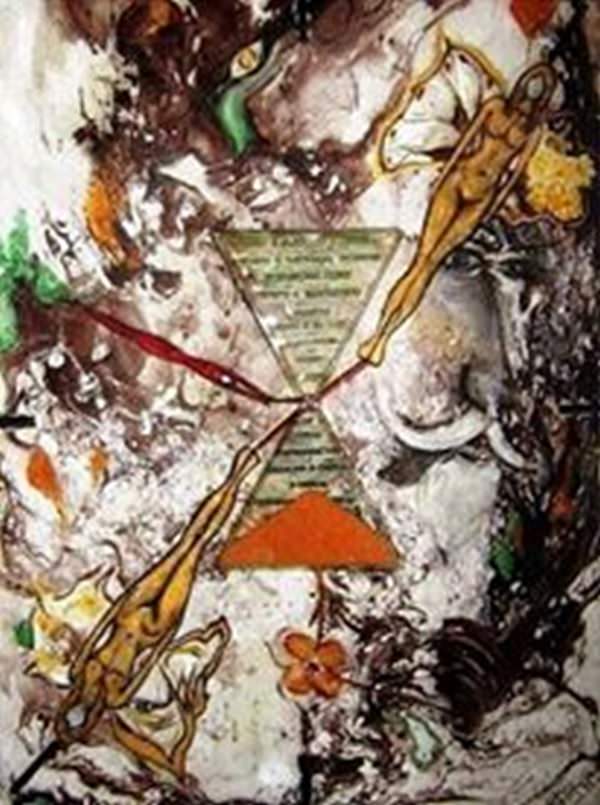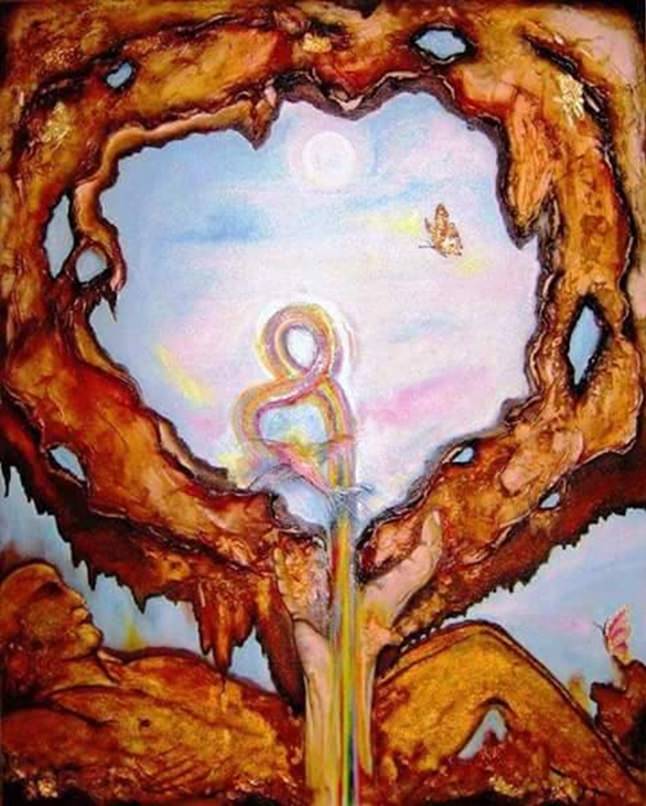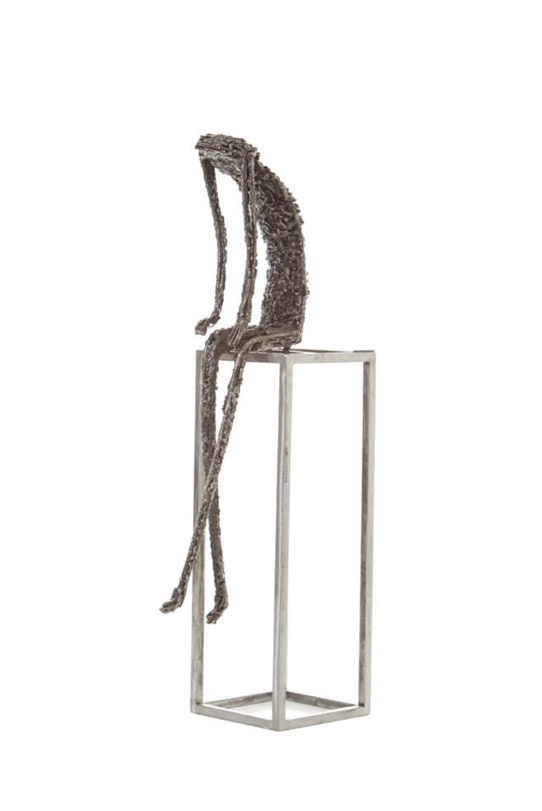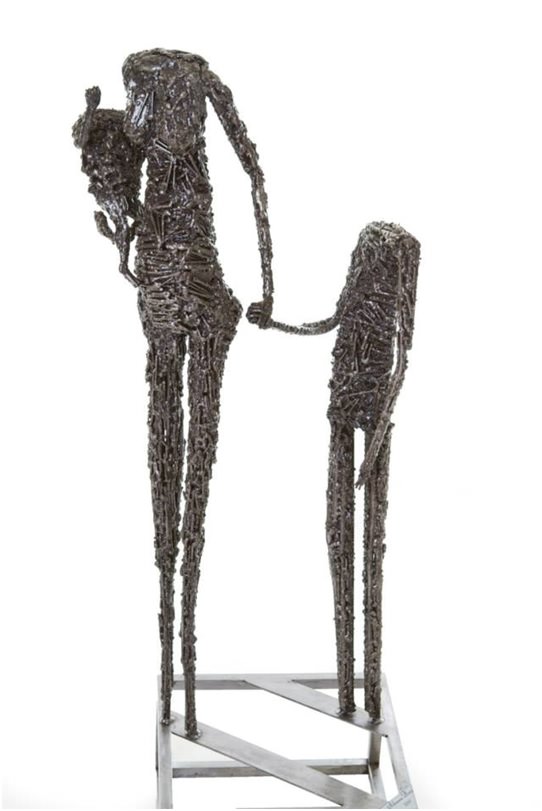You can also listen to this article in the voice of own Plastic Artist Rosângela Vig:

Ah! Every soul in a prison's prey,
Sobbing in the darkness between the bars
The Dungeon looking imensidades,
Seas, stars, afternoons, nature.All dresses of equal greatness
When the soul between shackles the freedoms
Dreams and dreaming, the immortalized
Rips in space of Ethereal purity.2nd trapped souls, seedlings and closed
Colossal prisons and abandoned,
The pain of the Dungeon, atrocious, funéreo!In those lonely silences, graves,
That key ring of the sky holds the keys
To open you the doors of the Ministry?(CRUZ E SOUZA, 2011, p. 35)
The soul is open, It pops out and you throw your volatile matter, to which the work arises. And when the fantasy leaves the prison of the spirit, the surreal work germinates on the blank paper or on the screen alva; She touches on metal or raw stone still misshapen; and your fantastic beings bursts, their worlds and creatures. The imaginary universes invade, permeate the artistic material like fruits of the inventiveness of the artificer, eager to cross the border and navigate the charms of unusual and utopian realities. Do surreal allows daydreams take creativity and that materialise in the form of a work of art. The artist is one who can rough dreams, be in the form of the design of the painting; whether in Sculpture or architecture slot. And the works arise.
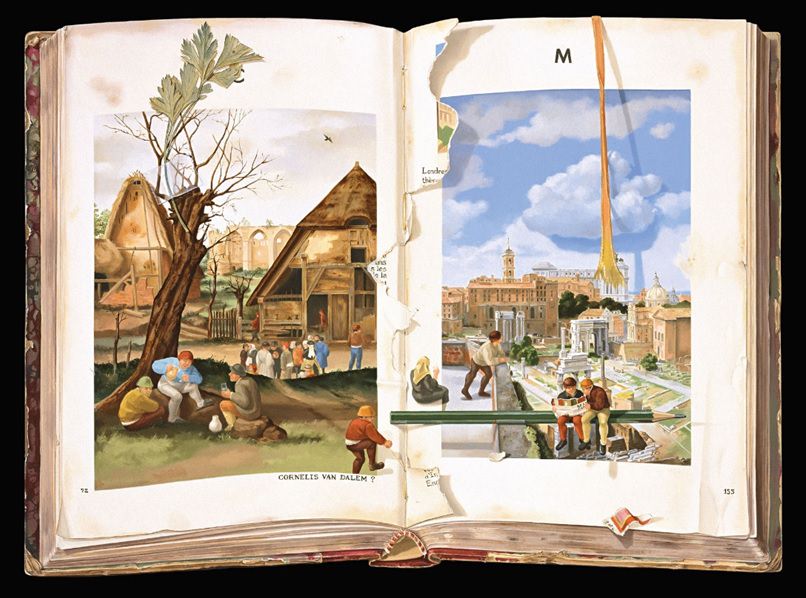
In these imaginary corners in that surreal's work dwells, may also reside our dreams, our fears or our earliest thoughts. And may be these the paths where we found the phobias that affect us and the depths of our souls. For the observer, worth getting out of it for these fantastic worlds, with the naked soul, with the light and thought them to be part.
With influences of psychoanalysis of Freud, the Surrealism is inserted into the Vanguards that guided the Modernist Movement, in 1920. In order to explore the subconscious, rejecting the logic and reason, the chain was led by André Breton (1896-1966), in the literature, and followed by artists such as Salvador Dali (1904-1989), Marc Chagall (1887-1985) and Joan Miró 1 (1893-1983). In Mexico, among the artists who joined the style, he excelled Frida Kahlo 2, classified as surrealist André Breton himself. With the conclusion of World War II, the artists dispersed and the vanguard came to an end, Although André Breton continued faithful to the movement until his death. However, the surrealist essence continues to inspire contemporary artists.
Shape surreal, are the works of Brazilian Sonia Menna Barreto, artist who is part of the collection of the British Royal family, the Royal Collection. Its work let worlds, times and people are and that interact, taking the playful to work, through subtle links. In figure 1, without asking, the characters who inhabit a scene from the artist Flamengo 3 Cornelis Van Dalem, in an art book, jump to another page, and observe the landscape, from the top of a building. Among the peculiarities of the scene, the two men sitting on a pencil that overhangs the building, remember the famous photo of Charles Ebbets, from 1932, the "Lunch atop a skyscraper". The locomotive off the Rails, in figure 2, that is on the page of an old book yellowish, can cross the border of the imaginary and rushed to another page, smoke covering part of the paper. Salvador Dali and his wife Gala are the King and Queen of hearts, the cards of a deck, in figure 3 and seem to be on the move. The relevance that the artist gave to the shadow techniques and perspective were of fundamental importance for the hyper-realistic images and the amazing scenes. In figure 4, the sky very blue and the Sun almost pin indicates a hot summer day. On the Clothesline, two preachers, one is loose and the other holding a last straw that hangs. The work of 1986 It depicts surreal form a subject of actuality and can lead to interpretations and questions. What steals the show is the transparency of the rounded drop, that threatens to fall. Through it can see the clouds and blue sky, amid the glow rounded.
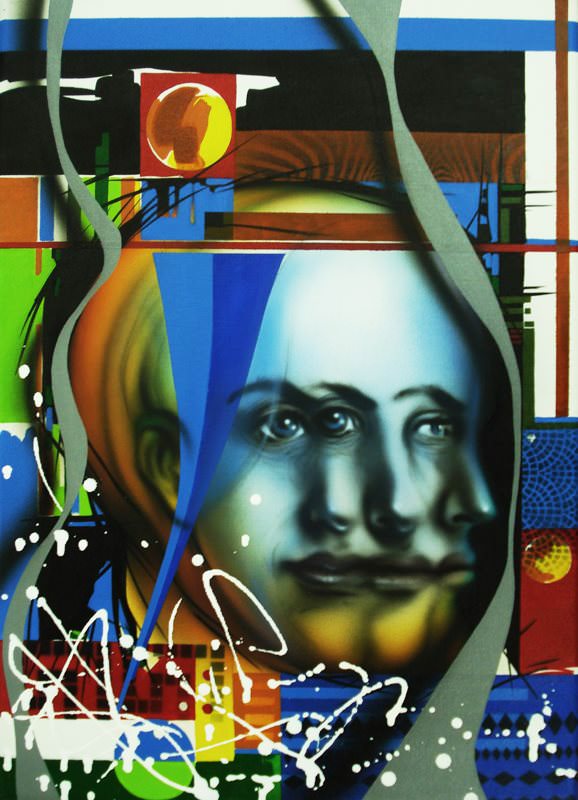
Subjectivism and fantasy are still in the works of Clovis Loureiro (Fig. 5), where the beautiful bird emerges and seems to jump off the screen. In the image, the movement is due to its meandering and flexible formats, of their long wavy wings that appear to overlap each other, How to take flight. The repetition of geometric shapes and colors accentuate an exotic and harmonic set that stands out on the black background, leading to final refined good taste sensation. Maybe the female physiognomy, the center of the figure 6, work of the artist Alexandre De Paula, inhabit herself an unusual world. The geometric shapes and colorful abstract that make up the scene, contrast with the monochrome of the face that seems to move slowly to the left, as in an attempt to acknowledge the difficult world around. The two artists explored the remarkable way movement techniques, enabling static scene got mild agitation.
Parallel worlds and opposites can be linked together, for a thin wire, in the middle of an hourglass, in the work of Rita Caruzzo (Fig. 7). The unreal and imaginary scene, You can still write a story with the other scene, the same artist (Fig. 8) in a world may be about to be created. The hands of an unknown life form, well the colors as liquid form of existence. But the colors can populate other imaginary worlds, bringing joy to the figure 9. However the city abuses unreal, may cause amazement, with its winding constructs that seem to float about a fantastic Green. The masks that hang in the sky express joy, pain and fear, as if they were confused, trapped in a place too extravagant and unknown. It may be that the actual is on the other side. In these imaginary worlds, the exploitation and the combination of colors were techniques of fundamental importance to the final result.
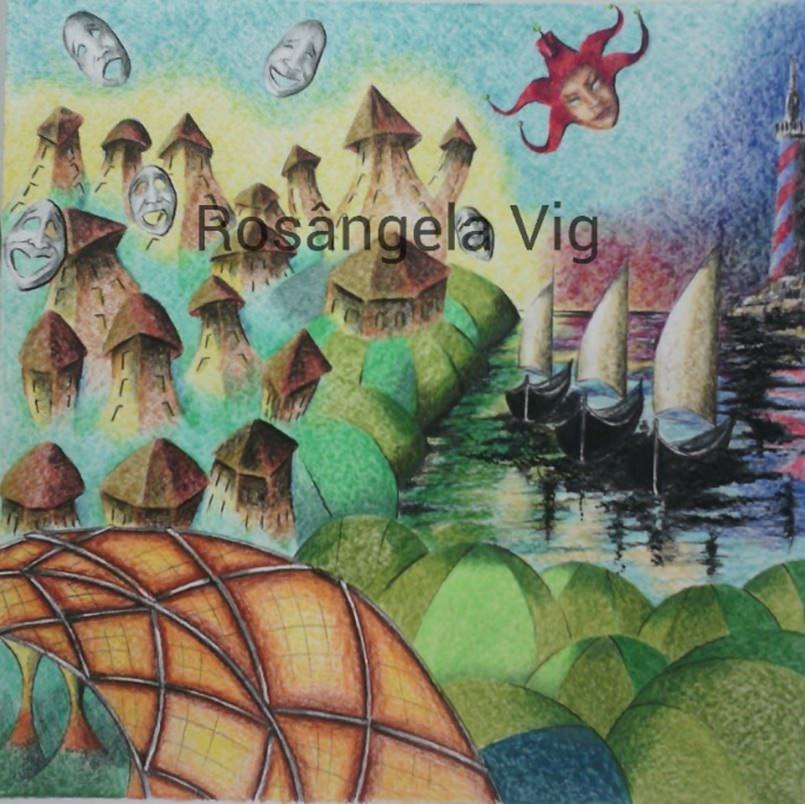
Touch the Moon and the stars can be a simple wish, easy to be accomplished, in a work that brings together dreams and fantasies (Fig. 10). The pure colors give relevance to the delicacy of the graceful creatures that inhabit the scene. Anything is possible in the art of Lu Valença, that flies over the imaginary and what people thought. Here, the use of primary colors reminiscent of the techniques of the works Naif and enchants by itself. But the surreal can still abuse the wide variety of themes and go a circus (Fig. 11), amid a spectacle, in which clowns, cavalos, tightrope walkers and jugglers interact, in subtle color, geometrized forms, in full motion. The scene can cause amazement, for his misshapen beings and squalid. Her use of colour also allowed a final coherent effect, Once the Green is in correct doses, well distributed.
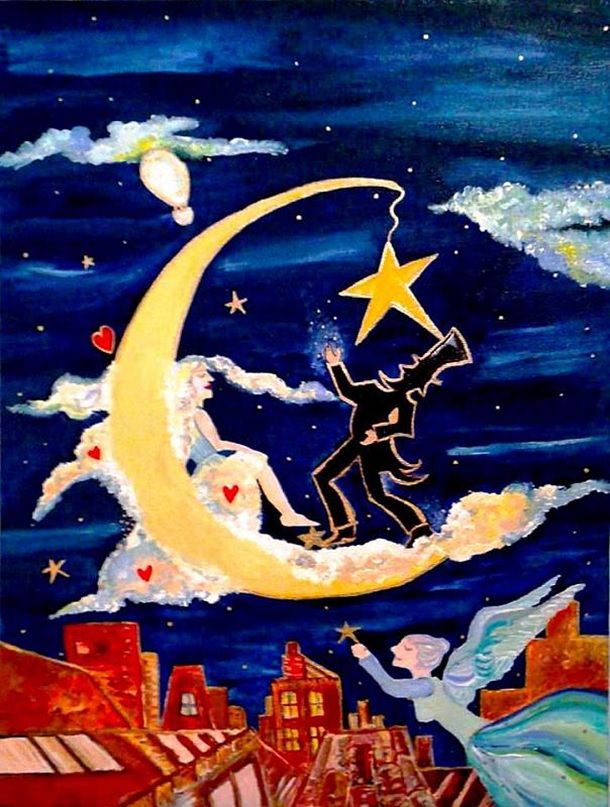
For Salvador Dali (2007, p.32), "the real painter is that able to paint extraordinary scenes, in the middle of an empty desert. The real painter is that able to paint patiently a PEAR, surrounded of riots in history. " The abstract artist in the world that surrounds it and to explore their dreams in a manner rooted, subjective and unlimited.
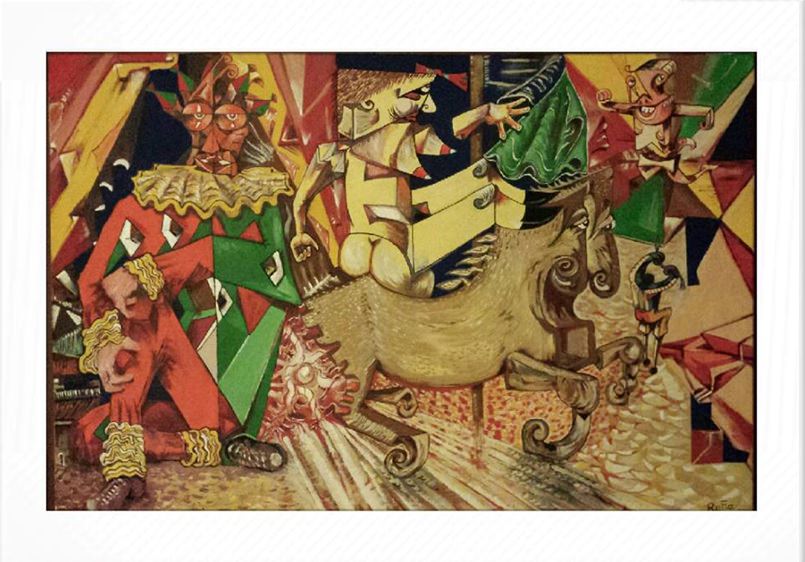
In flandre or iron, the sculptures of Silvana Ran (Figures 12, 13 and 14), expose surreal beings, that seem to move the slow steps, thoughtful, sustained, tired. Almost human figures are long, angular and resemble characters from Graciliano Ramos. It may be that, on fuzziness of your silence, They murmurem a silent poetry, almost inaudible, and perpetuate their walk in our world, leaving in memory the memory of their slender forms. In them the sculptor dared to move away from reality, Unprovisioning and beings making only. Because this is art.
The artist if break up of reality allowed the work to become a means to expose their dreams and maybe your nightmares. The use of techniques cleared of perspective, of light, of shadow, the game of colors and of forms, a perfect combination, in correct dosage were fundamental items so that the themes were explored in original form and only. One can't help but remember the worlds and surreal beings distance themselves from reality, but create other, very close to the field of dreams and imagination. These exotic worlds and incredible do not need to have link with what is true. This is where the work approaches the sublimity and demand a deeper understanding. The spirit has to be free so that the soul returns in these raptures. Let be charmed forever. It's worth thinking a little longer,
Wash the soul of art everyday dirt.
(PICASSO, 2007, p.82)
I AM not the clown, but this monstrously cynical society and so subconsciously naïve, that plays the game of seriousness to better hide its madness.
(DALI, 2007, P. 36)
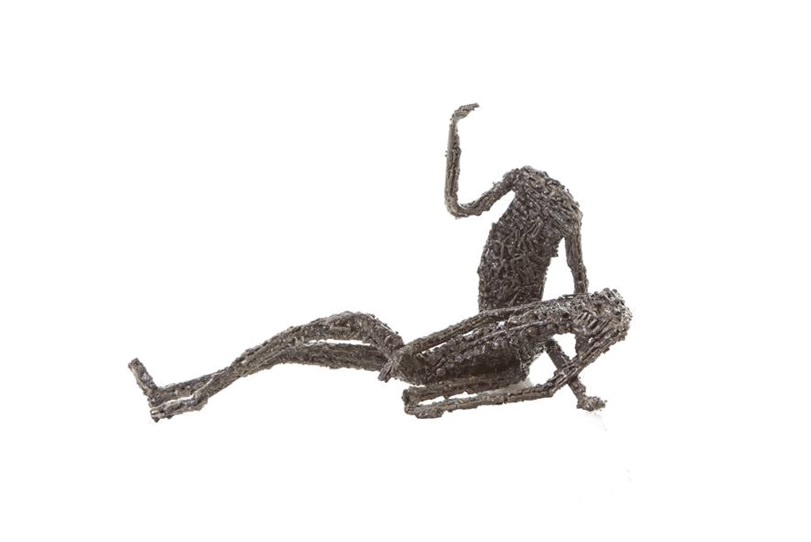
1 Joan Miró:
www.obrasdarte.com/joan-miro-the-gallows-of-materia-tomie ohtake Institute--/
2 Frida Kahlo:
www.obrasdarte.com/exposicao-frida-kahlo-connection-between-the-women-surrealists-in-mexico malinka-vig-/
3 Flemish Art:
www.obrasdarte.com/arte-Flemish-Renaissance North-by-rosangela-vig/
…
Liked? [highlight]Leave a comment[/highlight]!
- Cruz E SOUZA in MOSES, Carlos Felipe. Poetry makes you think. São Paulo: Ed. Attica, 2011.
- DALI, Salvador. Grandes Mestres da Pintura. Folha de São Paulo, S. Paulo, 2007.
- DALI, Salvador in KLINGSÖR-LEROY, Cathrin. Surrealism. São Paulo: Ed. Landscape, 2007.
- PICASSO, Pablo, in KLINGSÖR-LEROY, Cathrin. Surrealism. São Paulo: Ed. Landscape, 2007.
The figures:
Fig. 1 – The Art Book, Sonia Menna Barreto, 2003.
Fig. 2 – Le Melon, Sonia Menna Barreto, 2011.
Fig. 3 – Salvador Dali and Gala, Sonia Menna Barreto, 2012.
Fig. 4 – Leaner, Sonia Menna Barreto, 1986.
Sign up to receive Event News
and the Universe of Arts first!
Fig. 5 – Magnificent, Clovis Loureiro.
Fig. 6 – Visionary, Alexandre de Paula, 2014.
Fig. 7 – Surreal Time, Rita Caruzzo, 2009.
Fig. 8 – The Creation, Rita Caruzzo, 2011.
Fig. 9 – Visions of the imaginary, Rosângela Vig, 2015.
Fig. 10 – Meeting, Luciane Valença, 2014.
Fig. 11 – A Circus, Rafa Barrozo, 2016.
Fig. 12 – The Thinker, Silvana Ran, 2009.
Fig. 13 – Maternity and protection, Silvana Ran, 2013.
Fig. 14 – Protection, Silvana Ran, 2012.
You might also like:
- First Traces of Modern Art – Abstract Expressionism in Brazil by Rosângela Vig
- First Traces of Modern Art – Expressionism in Brazil by Rosângela Vig
- Modern Art – Abstract Expressionism by Rosângela Vig
- First Traces of Modern Art – Impressionism in Brazil by Rosângela Vig
- Modern Art – Surrealism by Rosângela Vig
- Modern Art – Abstractionism by Rosângela Vig
- Modern Art – Cubism by Rosângela Vig
- Modern Art – Expressionism by Rosângela Vig
- First Traces of Modern Art – Symbolism by Rosângela Vig
- First Traces of Modern Art – Post-Impressionism by Rosângela Vig
- First Traces of Modern Art – Impressionism by Rosângela Vig
- Romanticism in Brazil by Rosângela Vig
- Romanticism by Rosângela Vig
- The Neoclassical Art in Brazil by Rosângela Vig
- The Rococo in Brazil by Rosângela Vig
- The Neoclassical Art by Rosângela Vig
- Rococo by Rosângela Vig
- The Baroque in Brazil by Rosângela Vig
- Baroque by Rosângela Vig
- Mannerism by Rosângela Vig
- Flemish Art – Renaissance in Northern Europe by Rosângela Vig
- Renaissance by Rosângela Vig
- The Contemporary, A little about the Urban Art by Rosângela Vig
- The Naive Art – Ingénue Art by Rosângela Vig
- Middle Ages, Byzantine Art by Rosângela Vig
- Middle Ages, Romanesque Art and Gothic Art by Rosângela Vig
- The Roman Art by Rosângela Vig
- Greek Art, Art History in Ancient Greece by Rosângela Vig
- The Egyptian Art by Rosângela Vig
- The Prehistoric Art by Rosângela Vig
- The beauty Art and the sublime Art by Rosângela Vig
- The Game of Art by Rosângela Vig
- The Misunderstood Art by Rosângela Vig
ROSÂNGELA VIG
Sorocaba – São Paulo
Facebook Profile | Facebook Fan Page | Website
Columnist at Website Obras de Arte
E-mail: [email protected]

